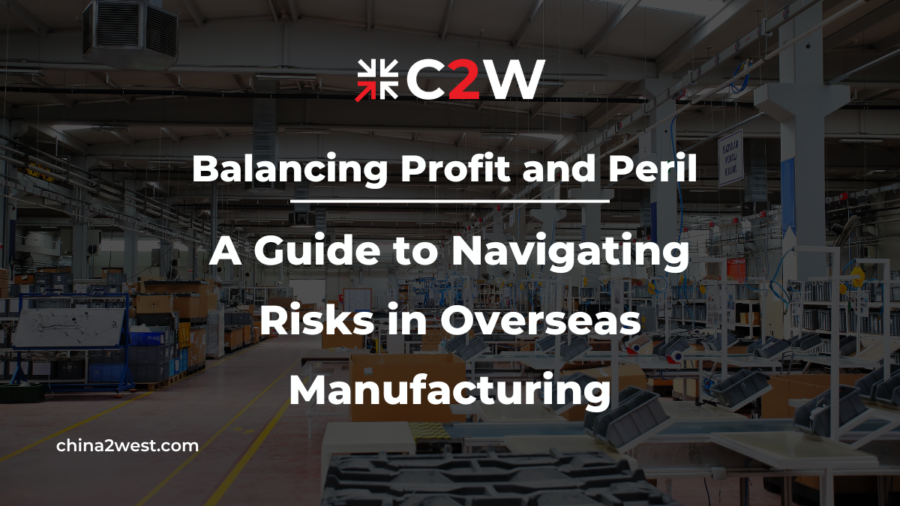When it comes to manufacturing plastic parts, injection molding is a popular choice due to its efficiency and cost-effectiveness. However, the success of this manufacturing process heavily relies on the quality of injection mold design. Designing for injection molding is a crucial step in ensuring the production of high-quality parts that meet your specifications. In this comprehensive guide, we will walk you through the fundamental aspects of injection mold design, helping you maximize the potential of your manufactured parts.
The Basics of Injection Molding
Injection molding operates on a straightforward yet sophisticated principle: melting plastic until it becomes fluid, then injecting it into a meticulously crafted mold cavity. Once inside the mold, the plastic cools down, solidifying it into the predetermined shape of the part. This method is celebrated for its unparalleled ability to fabricate components that boast intricate designs and tight tolerances, all while maintaining remarkable consistency across large production volumes.
A deep dive into the mechanics of injection molding reveals several critical stages, including clamping, injection, cooling, and ejection, each playing a pivotal role in the outcome of the final product. The clamping phase ensures the mold is securely closed before the injection phase commences, where the molten plastic is propelled into the mold cavity. Following this, the cooling phase allows the material to solidify, a step that is crucial for the integrity of the part. Lastly, the ejection phase releases the finished product from the mold. Mastery of these stages, along with a keen understanding of the properties of various plastics used in the process, is essential for anyone looking to excel in injection mold design.
The Importance of Good Injection Mold Design
Crafting an effective injection mold design is not just about shaping a piece of plastic; it’s a complex puzzle that, when solved correctly, can significantly enhance the efficiency and output quality of the manufacturing process. A meticulously designed mold addresses critical challenges, such as minimizing the cycle time for each part produced, thereby streamlining operations and potentially reducing overall costs. It plays a pivotal role in ensuring the uniformity and integrity of the parts, which are fundamental in avoiding wastage and rework, leading to a more sustainable production line.
Consideration of the intricacies involved in the mold design process, like the geometrical shape of the part, the type of plastic material being used, and the specific requirements of the manufacturing process, is imperative. Each of these factors influences the other; a misstep in material selection can affect the cooling time, while an oversight in geometrical design might lead to defects in the final product.
Key Principles of Design for Injection Molding
Injection molding is a popular manufacturing process used for producing parts by injecting molten material into a mold. Here are some key principles of design to consider when creating parts for injection molding:
Material Considerations
Selecting the right material is critical as it impacts the flow and cooling behavior of the mold. Each material has unique properties like viscosity and thermal conductivity that must be considered in the design phase.
Uniform Wall Thickness
Maintaining uniform wall thickness in the design is crucial because it ensures even cooling and reduces warping, sink marks, or incomplete filling. Variations in wall thickness can lead to differential shrinkage, which might deform the part.
Draft Angles
Incorporating draft angles in the mold design helps in the easy removal of the finished part from the mold. A draft angle is a slight taper provided on the sides of the part that are perpendicular to the parting direction. Without adequate draft, parts may stick to the mold, requiring excessive force to eject them, potentially damaging both the part and the mold.
Ribs and Gussets
Use ribs and gussets to increase the strength and rigidity of parts without adding bulk. This approach helps maintain uniform wall thickness and minimizes material usage while enhancing structural integrity.
Gates and Runners
The gate is the point where the molten plastic enters the cavity of the mold. The design of gates and runners influences the flow of plastic into the mold, affecting the quality of the final product. Proper placement and sizing ensure uniform filling and minimize aesthetic issues like weld lines.
Avoiding Undercuts
Undercuts are features in the design that hinder the removal of the part from the mold. They require complex and costly mold designs with additional mechanisms such as sliders or lifters. Design parts to avoid undercuts whenever possible, or minimize them to simplify mold design and reduce costs.
5 Common Injection Molding Design Mistakes
Navigating the complexities of injection mold design requires attention to detail to circumvent common pitfalls that could adversely affect the production process and the quality of the final product. Here are some common injection molding design mistakes:
Inadequate Wall Thickness
Not maintaining consistent wall thickness can lead to problems like warping or sink marks. Thin walls might not be strong enough, while overly thick walls can cause excessive cooling time and material wastage.
Ignoring Draft Angles
Neglecting to include draft angles in the design can make it difficult to eject the part from the mold, potentially damaging the part or the mold. Draft angles help prevent parts from sticking to the mold.
Complex Undercuts
Designing parts with complex undercuts without considering the capabilities of the mold can complicate or prevent the ejection process. It’s often more cost-effective to simplify the design or use side-actions in the mold.
Improper Gate Location
Placing the gate at an inappropriate location can lead to issues like incomplete filling, weld lines, and poor aesthetic qualities. Gate placement should ensure optimal flow of the molten material.
Lack of Structural Integrity
Overlooking the importance of reinforcing features such as ribs or gussets can lead to parts that are too flexible or that break easily under stress. Adding these features can significantly improve the strength and stability of the molded part.
Work with an Injection Mold Design Company in China
China is celebrated for its sophisticated manufacturing prowess, especially in the realm of injection molding. Opting to collaborate with an injection mold design firm in China offers strategic benefits, from cost savings and advanced technology to rapid production capabilities. For more information on how an injection mold design partnership can benefit your business, or to discuss your specific project requirements, contact us today. Let us help you turn your innovative ideas into reality with precision, efficiency, and cost-effectiveness.


